Issam Kourbaj has created a new set of photographs using a camera obscura (Latin for ‘dark room’). The optical device uses a hole (or lens in this case) to project an image of its surroundings into a darkened box; the image appears inverted due to the travel of light in straight lines. Kourbaj’s atmospheric images record some of the activity that takes place in the Maxwell Centre’s laboratories 15 and working spaces, ranging from Maxwell’s historic instruments to the study of light and development of new superconducting materials by contemporary scientists.
Further Information
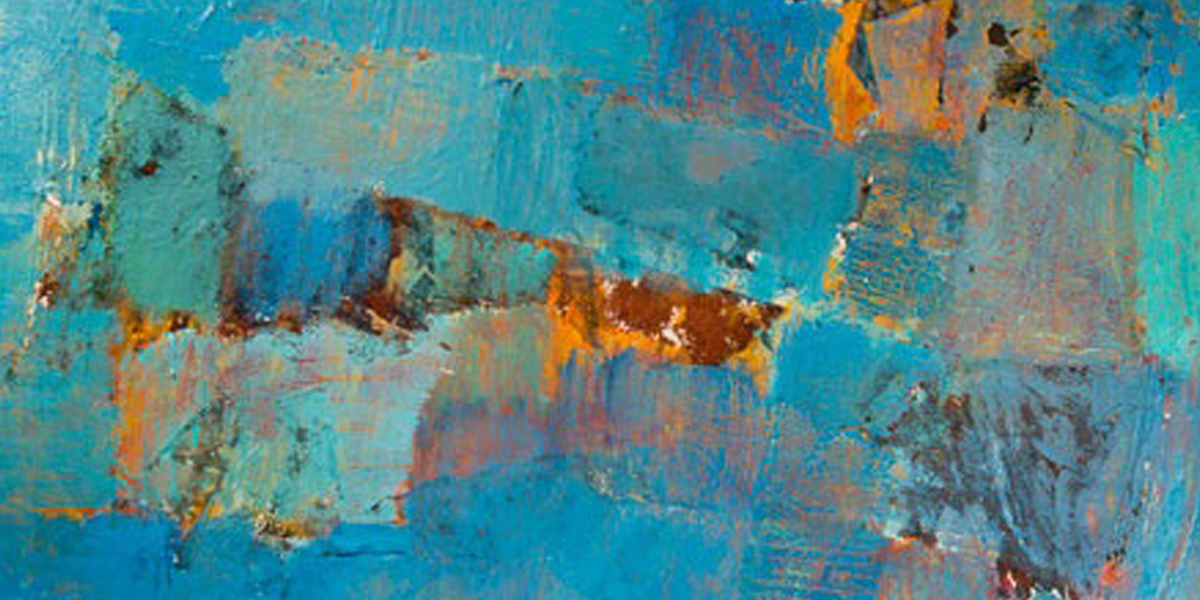
When I began to learn the Arabic alphabet, my almost illiterate mother helped me to learn how to write by holding my hand and making me draw the first letter of my name. This letter ‘ع’, which is pronounced as ‘Ain’ in Arabic, produces a sound exactly equivalent to the word Eye in my mother tongue. Through an almost mystical coincidence, this is also the case in English where the first letter of my name ‘I’ also echoes the sound of the word Eye. Since then I started to learn how to form my artist’s ‘eye’.
To make ends meet, while growing up in the Druze mountains in Syria, I became a boy-calligrapher. At first I assisted my older brother in his projects and later acquired my own ‘clients’. My first proud commission was the shop sign for a popular barber’s shop. And this is how the drawing and design of words, (the art of calligraphy) became my first means of survival and the beginning of my journey into mark-making.
I had no idea when I left Syria that I would one day use fragments of Arabic script in my artwork. Language features prominently in my work Sound Palimpsest, which welled up in reaction to the second invasion of Iraq. In Sound Palimpsest, a group of loose leaf sheets, I tried to capture the fragility of human beings and their bodies and souls against the brutal mindless war machine. I used haunting fragments of walls with children’s graffiti, found text and words from medical debris and X-ray plates, torn parts of books and broken pieces of song. In her introduction to this work for the exhibition Iraq’s Past Speaks to the Present, curator Venetia Porter wrote: ‘Kourbaj is an artist inspired by what transpires around him in the course of daily life, yet he also embraces the non-representational. Lack of confinement by the limits of the paper, canvas and medium allows him absolute creative freedom. He also draws on the expressive and candid reactions observed in children’s art; this could also account for the element of nostalgia that is recognisable in Kourbaj’s work’.
Earlier this year I worked on my Excavating the Present installation, which is a tribute to Syrian mothers. This work is a palimpsest of two different types of camera-less photograms. My raw materials (or found objects) were an assemblage of X-rays produced by invisible electromagnetic radiation, on Mylar plastic coated with light sensitive emulsion. I worked with those to produce a second kind of photogram – produced by visible light on light-sensitive black-and-white paper in a darkroom, and that’s how the work took shape using layers, and archaeology as a baseline.
Frances Carey (formerly Deputy Keeper of Prints and Drawings and Head of National Programmes at the British Museum) described the above installation as follows: “That Kourbaj should favour archaeological metaphor is not surprising for one whose personal history has involved so many layers, translations and re-imaginings. Palimpsest as a metaphor for the ‘excavation’ of memory has a distinguished lineage through Thomas De Quincey and Baudelaire. A true palimpsest is created through erasure then re-inscription, often leaving the ghost of the original image or text behind. This is what the X-ray technique can so powerfully evoke, revealing the shadows of existence and intimations of a deeper meaning or fear”.
As a Syrian artist, I am observing from a very painful distance the evisceration of my homeland, its people, its society, its cities and villages, its past and present, its history and its memory. With every hourly news bulletin I am reminded of the inhuman conditions and atrocities, which courageous women, children and men, are enduring and of the lies and distortions and deletions which mean that many of these atrocities might be forever forgotten, buried like many of the dead, never to be heard of again or remembered. I fear for the future of my people and my country and whether having lost so much they can ever find themselves again, whole and unbroken.
Catalogue
“The efforts must be made to speak of friendship as of a pure topic: this releases me from the level of affectivity—which could not be spoken without embarrassment since it belongs to the order of the imaginary…” Roland Barthes.
With these sentences which Roland Barthes wrote in his own unconventional autobiography, “Roland Barthes by Roland Barthes” (1977), the two artists, Nizar Sabour and Issam Kourbaj, bind their own biographies in this exhibition. The result is a collection of splendid artists’ books, and then, a collection of scattered memories between the two lifelong friends. The artists assemble an autobiography of their thirty years old friendship apart, displayed and re-gathered in “Scattered, Gathered” at CAP. Being both Syrian however immediately releases the eruptions and inexpressible sorrow caused by the current events in Syria into the exhibition space. Yet this, perhaps, also takes us back to Barthes and his own “Mourning Diary” where he preserved his brief daily jottings of his personal grief and suffering over his mother’s own death. Syria is Sabour’s and Kourbaj’s mother so as to speak, and their diaries mediate into a continuous process of mourning over their diseased and frail country.
The exhibition “Scattered, Gathered” curated by Abed Al Kadiri, strikes viewers with a sense of being suspended between pages of affectivity. While the relationship with books is both a public and private one, similarly, the relationship with grief is one that is at the verge of expressing to the outside and keeping to one’s self. On the one hand, Issam Kourbaj’s visual diaries are superimposed on 10,232 pages of Twelve Volumes of The Encyclopedia Britannica of 1890, and on the other hand, Nizar Sabour’s visual essays are created on eighteen handmade wooden books. Still, both diaries reside between the tensions of the imaginary; those of space and time. While Sabour records the date by the hour of his own diary entries experienced in the folds of the daily life in Syria, Kourbaj inscribes his images onto pages of ready-made collections of alphabetical knowledge, as if the artist is re-writing this knowledge from his own perspective as a Syrian in the UK and recreating a different collective memory.
Both artists present a minimalistic style in their art works. Sabour’s diaries convey panoramic scenes of people, walls, cityscapes and landscapes. His visual elements are portrayed in a childish manner using bright colours as well as different shades of black and white. The written words in his work offer viewers keywords and clues to complete the words of the titles further imagining a narrative of nostalgia. On the other hand, Kourbaj’s books presents no inscribed words but rather a nonlinear narrative. However, the primitive and raw nature of the lines on each page of The Encyclopedia Britannica compile into a story of repetitive shapes, as if creating their own letters and language taking us earlier than the period of 1890 andperhaps into the walls of caves.
The imagery in the diaries by both artists further resembles moments of development and evolution of the life of the two friends who took on their separate ways in different directions. However their diaries kept track of their own perceptions of the events around them. Even themselves as artists, Sabour and Kourbaj, are presented as a work-in process throughout the pages of their own diaries. In “Roland Barthes by Roland Barthes” the text itself is playful and the author inverts his text to become himself its very subject of enquiry. In a similar vein, Sabour and Kourbaj in their own diaries are their own subjects exploring the creation of their own knowledge according to their surrounding.
Proceeds from this exhibition will go towards Al Madad Foundation’s education and literacy programs, on the ground in Aleppo Syria. By equipping Syria’s most vulnerable children and families with the right tools and necessary skills, Al Madad Foundation enables them to rebuild their lives, country and empower a future generation that will not be lost to war. To learn more about this project, click here.
Catalogue
Further Information
alquds
-
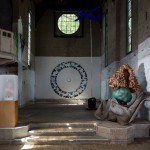
-
Between Thought and Space, Dilston Grove, London, 2015.
-
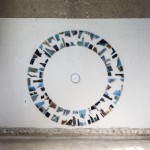
-
Between Thought and Space, Dilston Grove, London, 2015.
-

-
Between Thought and Space, Dilston Grove, London, 2015.
-
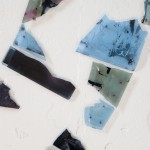
-
Between Thought and Space, Dilston Grove, London, 2015.
-
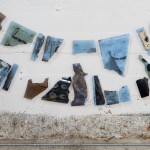
-
Between Thought and Space, Dilston Grove, London, 2015.
Between Thought and Space consists of 12 practitioners working within art, sound, architecture and choreography. The exhibition at Dilston Grove is the centerpiece of a live research project spanning September 2014 – December 2016, where participants have engaged collectively to the social, material and historical fabric of the building in order to create new work.
Dilston Grove is a unique historic site to engage with: a deconsecrated Italianate chapel built by Clare College, Cambridge in 1911, one of the first in-situ poured concrete structures built in the UK, and now, a dynamic exhibition venue. The building has qualities that typify Modernism and the Post-Industrial age; its austere bunker-like structure reminiscent of the process of mould-making, and its physical effect on ambient temperature are felt viscerally as well as through the intellect. The building is in some liminal state, between things, between histories, almost a ruin, yet physically resilient and as such reflects the ethos of the project.
Propositions will broaden the possibilities of what can be described as content or curating. Work includes the choreographic tracing of the building’s exterior as a form of measure, the depiction of structures that imagine the building’s construction and near destruction, and interpretations of the building’s social uses over time through sculpture, live performance and sound.
As an exhibition, Between Thought and Space explores the democratic potential of site-research. Ongoing exchange and dialogue has enabled individuals to resist conclusions or rest upon ‘what they would normally do’ in order to respond more collectively to Dilston Grove, their work building directly upon the knowledge and esteem of a site vital within the area for over 100 years.
Further Information
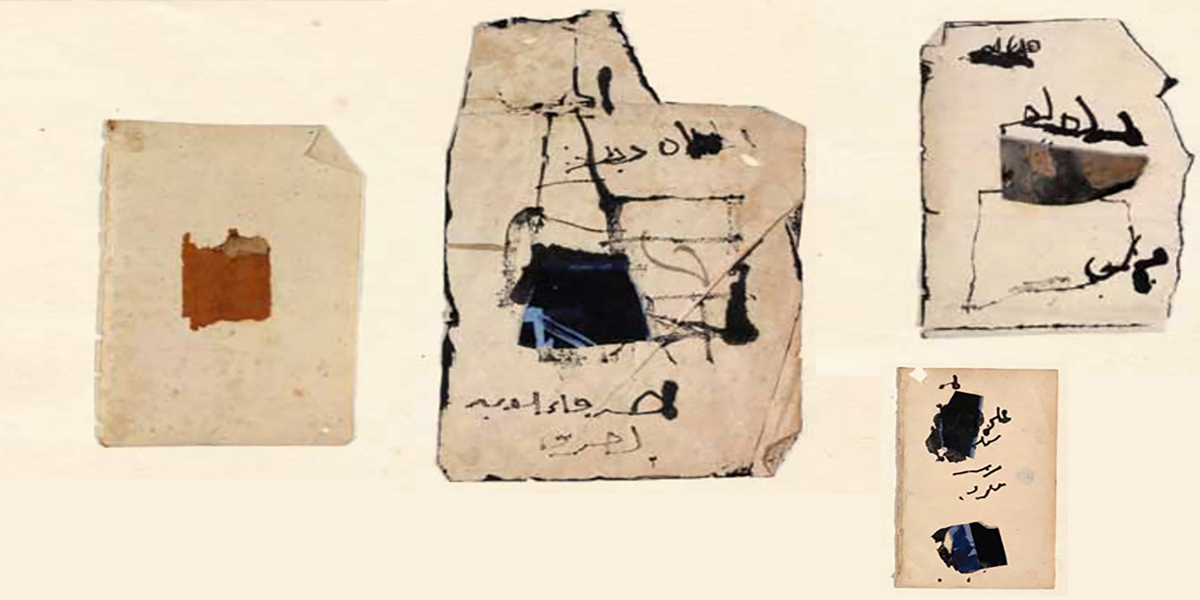
A display examining the work of modern Syrian artists in the British Museum’s collection. It features work by a range of artists including Fateh Al-Moudarres, a leader of the Syrian modern art movement and an influential teacher. Also on display are prints, paintings and works in paper by Marwan, Youssef Abdelké, Issam Kourbaj, and a diptych by Sabhan Adam. A rare triptych by the poet Adonis is shown alongside artists’ books inspired by his poetry.
The display reveals the influence of modern European art on Syrian artists and the later emergence of a distinctive Syrian style. In the late 19th and 20th centuries, the earliest modern Syrian artists were sent to Europe to study, as was also the case in other Arab countries such as Egypt and Iraq. The developing Syrian art style initially reflected imported European artistic styles, for instance through the influence of German Modernism in the work of Marwan. Increasingly however, motifs and themes from Syrian tradition and everyday life began to be included, especially as artists returned from their studies in Europe. By the early 1960s, a Faculty of Fine Arts had been founded at the University of Damascus, which enabled younger artists such as Kourbaj to be taught by established artists like Moudarres.
In the works shown here, the human form is used to powerful psychological effect. Figures often make direct, provocative eye contact with the viewer. This display shows how Syrian artists have created introspective, semi-autobiographical work, in order to explore the human condition as a whole.
Catalogue
Press
Arab News – British Museum showcases Syrian artists take on art, politics and brutality
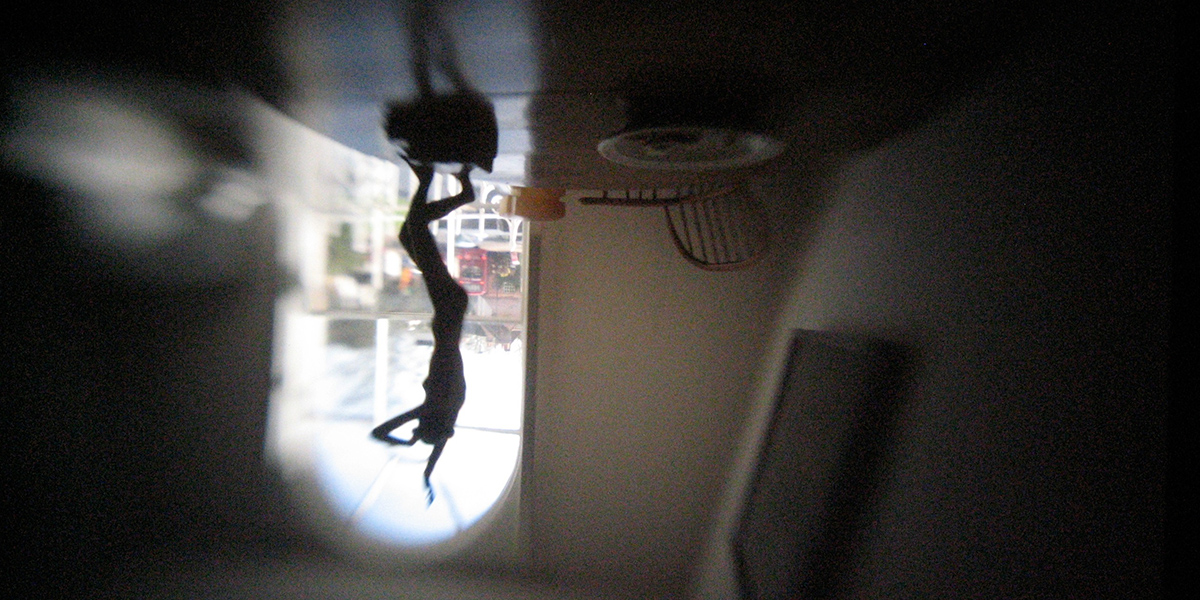
Works for sale in aid of the Kettle’s Yard Development Appeal – over £180,000 already raised through sales over the first weekend and many works still available.
Most of the work in this exhibition is for sale at Kettle’s Yard. There is no VAT and many works are at discounted prices. The prices are included in the catalogue which can be downloaded as a PDF (link left).
As fundraising towards a new education wing gathers momentum we present an exhibition of works donated by artists to Kettle’s Yard. The exhibition offers a rare opportunity to see some of the biggest names in contemporary art – from major sculptures by Damien Hirst, David Nash, Phyllida Barlow and Antony Gormley to sumptuous paintings by Michael Craig-Martin, Bridget Riley, Lisa Milroy, Callum Innes and Maggi Hambling, and ceramics by Edmund de Waal and Natasha Daintry. Donations have come from many quarters and include former Artist Fellows: Tony Carter, Stephen Chambers, Jane Dixon and Paul Winstanley; recent exhibitors: Ian McKeever, Alan Reynolds, Michelle Charles, Helena Almeida, David Ward, Karla Black and Claire Barclay; Cambridge artists: Lida Cardozo Kindersley, Elspeth Owen, Michael Brick and Jon Harris and artists such as John Blackburn and John Golding who have a long association with Kettle’s Yard.
Alongside these are gifts from the estates of Kenneth Martin, Barbara Hepworth and Josef and Anni Albers. The range of artists, as well as collectors, donating to the exhibition reflects the scope of the exhibition programme that Kettle’s Yard has presented. Their generous support is an indication of the value they place on the gallery.
Many of the works are available for sale in the exhibition.
http://www.apropos-site.com/2011/05/07/artists-for-kettles-yard/
Further Information
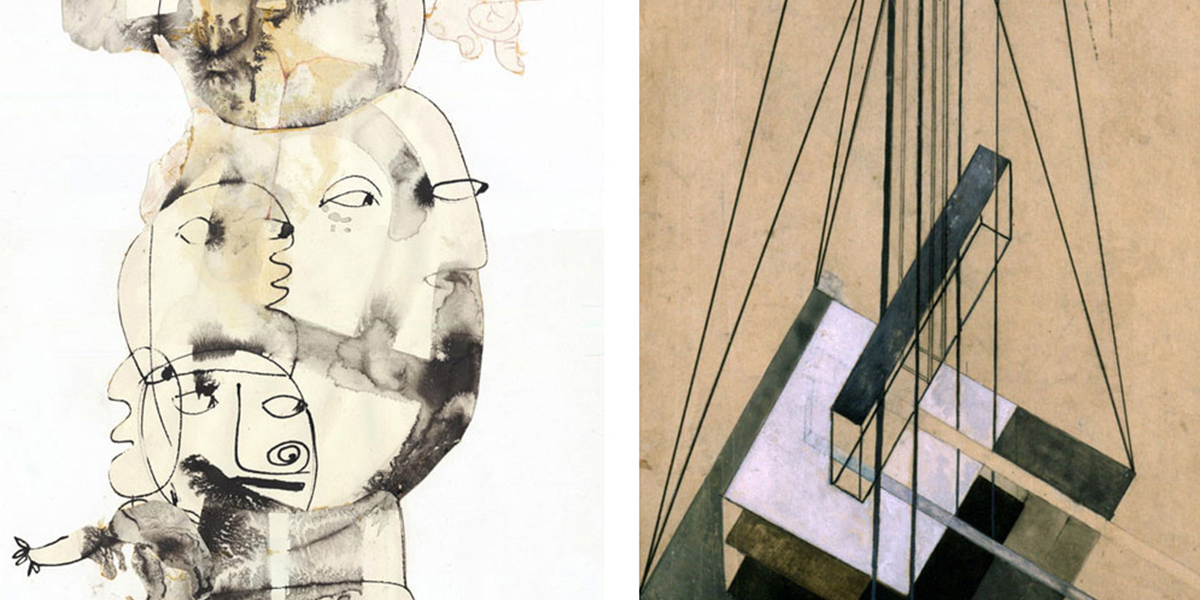 The De La Warr Pavilion presents Modern Times, a major exhibition in which creatively involved people are invited to trace a personal path through the art of the 20th and 21st centuries.
The De La Warr Pavilion presents Modern Times, a major exhibition in which creatively involved people are invited to trace a personal path through the art of the 20th and 21st centuries.
This exhibition is being selected by film-maker, painter and curator Lutz Becker. His exhibition will comprise drawings, prints and experimental films, and will explore the recurring tension between figuration and abstraction throughout the 20th century and the ways by which ideas and concepts evolve. Presented non-chronologically, it will encompass movements such as Russian Constructivism, Futurism and Vorticism, Abstract Expressionism and Minimalism, and comprise works by key artists, as well as works of artists who have been sidelined in the mainstream of art history. From Malevich and Lissitzky to Flavin and Judd, from Pollock to Michaux anticipates two major strands of drawing emerging – the geometric and the gestural. The exhibition will also include films by Hans Richter, Fernand Léger and Viking Eggeling.
Lutz Becker writes: It is the awareness of time as the measure of the distance between thought and realisation, of the value of the transient and sense of the fragility of the inspirational moment, that made me decide to show predominantly works on paper: drawing, no longer about the recording of appearances, but as a language reflecting its own becoming, often daring and experimental. The inclusion of film will extend the idea that mental and physical motion are key experiences common to artists and audience.
This show is in partnership with Kettle’s Yard, Cambridge and is showing there from 16 January – 14 March.
Further Information
This summer come and see Kettle’s Yard as you’ve never seen it before.
In the words of Diana Ross – Kettle’s Yard goes upside down/inside out.
The two-part exhibition runs through the house and gallery. The house is transformed with a reprise of some of the best artists’ interventions from the last fourteen years, including Michael Craig-Martin’s pink room, Richard Wentworth’s broken china piece ‘Brac’ and Judith Goddard’s gentle evocation of a woman’s presence. Joining them are works by Douglas Allsop, Edmund de Waal, Richard Deacon, Kathryn Faulkner, Graham Murrell, Ian Hamilton Finlay, Gary Woodley, Daniel Edwards, Paul Coldwell and Tim Head.
Also featured, for the first time, are works by three artists, each responding to Kettle’s Yard. Jayne Parker’s films, ‘Trilogy: Kettle’s Yard’, have cellist Anton Lukoszevieze playing to images of Rodin’s Eve, Gabo, Brancusi and Lucie Rie. Mary Lemley catalogues the contents of her own home, item by item, and David Sheppard creates a new sound-work for visitors to play with. And, courtesy of Issam Kourbaj, you can pick up a camera obscura and look at it all upside down.
While the house is upside down the collection goes inside out. Sculptures and paintings (even furniture) move from the house to the gallery for a summer holiday. Normally fixed in position, as Jim Ede had arranged them – some at knee height, some in dark corners, some hidden away in store – works by Christopher Wood, William Congdon. LS Lowry, Ben Nicholson, Elisabeth Vellacott, Gaudier-Brzeska, Alfred Wallis, David Jones, Winfred Nicholson, Mario Sironi and others take a breath of fresh air and open up new conversations in the gallery spaces.
Further Information
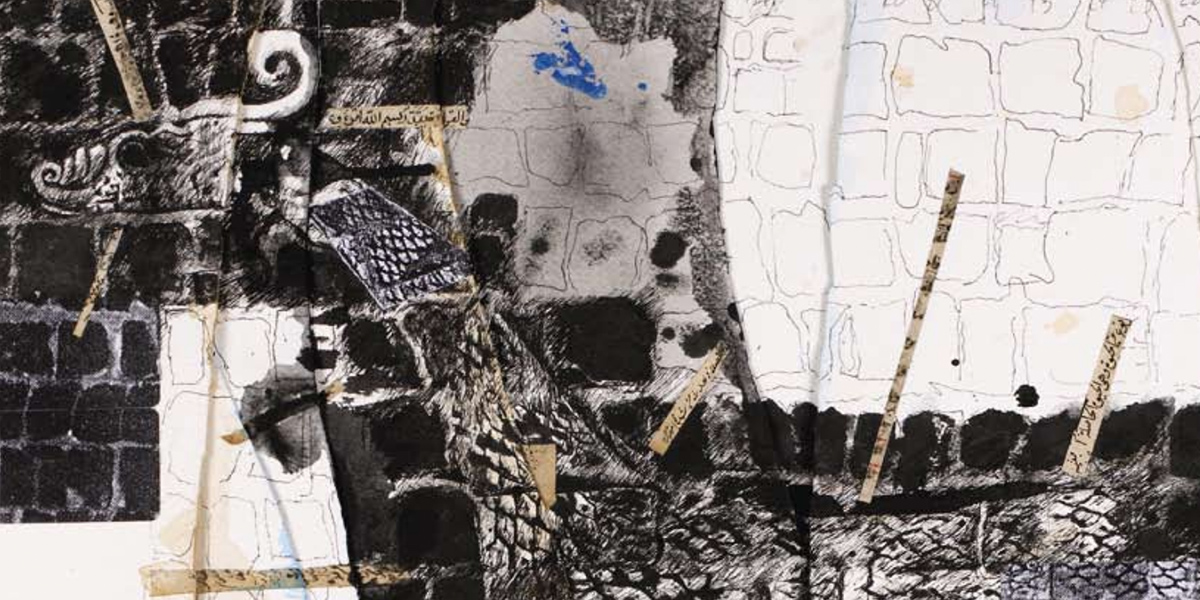 Iraq’s past speaks to the present is a small exhibition which comprises works by eleven contemporary artists from the Arab world, ten Iraqi and one Syrian. This display is designed to complement the Museum’s exhibition Babylon: Myth and Reality, which includes iconic objects from ancient Iraq, the region known to the Greeks as Mesopotamia.
Iraq’s past speaks to the present is a small exhibition which comprises works by eleven contemporary artists from the Arab world, ten Iraqi and one Syrian. This display is designed to complement the Museum’s exhibition Babylon: Myth and Reality, which includes iconic objects from ancient Iraq, the region known to the Greeks as Mesopotamia.
Mesopotamia has been called ‘the cradle of civilisation’ as it was here that some of the earliest experiments in agriculture were made, the world’s first cities emerged, and the oldest writing was developed by the Sumerians in the form of cuneiform ‘wedge-shaped’ script. The surviving records of ancient Iraq include stories of epic proportion, such as the tales of Gilgamesh, perhaps a real king of Uruk (Warka) who, from around 2000 BC, was transformed through poetry and hymns into a mighty hero who confronted eternal human questions about life and death.
The rich archaeological and artistic remains from ancient Iraq form the inspiration for many artists; for example, a Babylonian mushhushshu dragon-snake is explored by Hanaa Mal-Allah, while Babylon’s ziggurat, the famous Tower of Babel, informs Walid Siti. Sumerian love poetry inspires Nasir Mounes, the horse motif (a central element of the imagery of ancient Iraq) is found in Satta Hashem’s drawings, while cuneiform is apparent in the work of Maysaloun Faraj and Firyal al-Adhamy. The Epic of Gilgamesh is a recurrent theme in the exhibition, and its influence can be seen in the works of Dia al-Azzawi, Faisel Laibi Sahi, Mustafa Ja’far and Suad al-Attar.
These artists explore ancient ideas and traditions to remind the viewer not only of their country’s great depth of history but also, as exemplified by the work of Issam Kourbaj, to lament the continued destruction of our shared heritage through war and neglect.
Catalogue
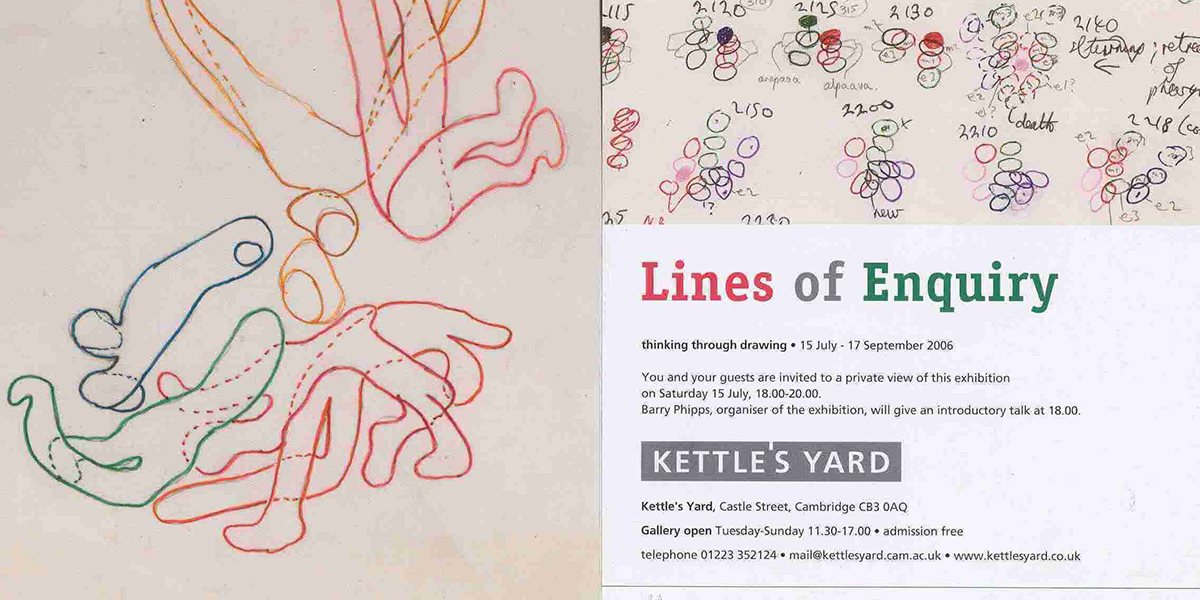
Further Information


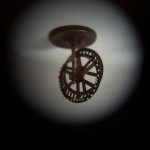
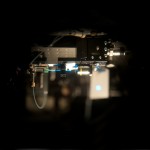
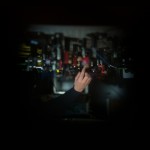

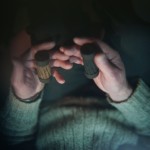

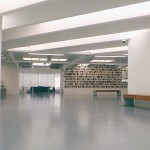
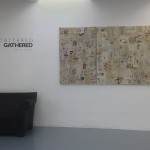
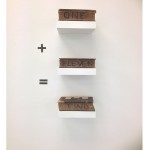
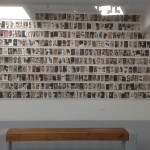
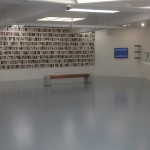








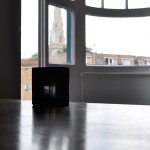
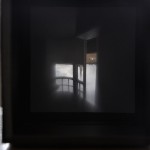
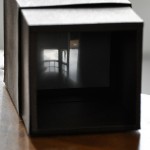
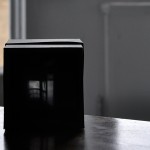
 Iraq’s past speaks to the present is a small exhibition which comprises works by eleven contemporary artists from the Arab world, ten Iraqi and one Syrian. This display is designed to complement the Museum’s exhibition Babylon: Myth and Reality, which includes iconic objects from ancient Iraq, the region known to the Greeks as Mesopotamia.
Iraq’s past speaks to the present is a small exhibition which comprises works by eleven contemporary artists from the Arab world, ten Iraqi and one Syrian. This display is designed to complement the Museum’s exhibition Babylon: Myth and Reality, which includes iconic objects from ancient Iraq, the region known to the Greeks as Mesopotamia.